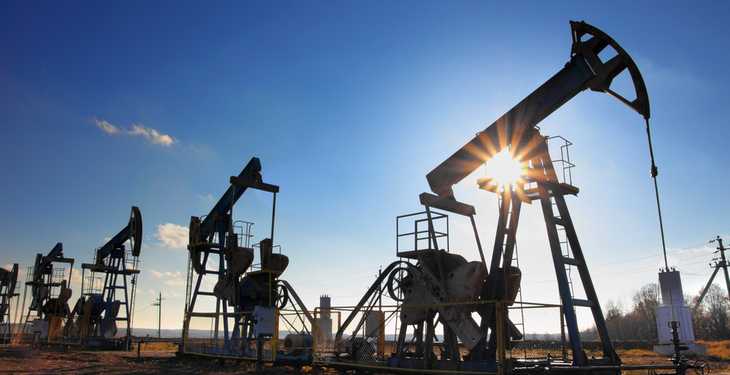The Ministry of Economy launched on October 23rd a draft law regarding the regulation of the royalty system for the concessions of the mineral, petroleum and hydro-mineral resources, along with the explanatory memorandum. Proposals, suggestions and opinions regarding the draft normative act are expected within 10 days of publication.
It is the first document to be publicly debated after more than four years of discussions and controversy over the petroleum royalty system and its impact upon the industry.
A new, mobile and even more increased reference
The main change from the existing legal framework is the change in the methodology for calculating the reference price for natural gas. This will be determined by an order issued by the chairman of the competent authority (NAMR) and the reference price will be based upon the calculation of the price of the „Brent crude oil, respectively the natural gas quotation upon the centralized wholesale market – OPCOM, for the reference period for which the holders of the concession/petroleum agreements owe for the petroleum royalty.” At present, the reference price is the one set by NAMR in 2008 – 495 lei per thousand cubic meters, repsectively 45,71 lei/MWh.
OPCOM’s gas trading platform gives no indication of reference prices for the next period as no transaction has been concluded, operators preferring to use the instruments of the Romanian Commodities Exchange. In this context, the explicit reference to OPCOM appears to be a relic before the resumption in the Commission for Industries and Services from the Chamber of Deputies, of the draft law whereby OPCOM was imposed as sole operator on the natural gas market.
In addition, the Government ensures the right to update the abovementioned royalty rates at the request of NAMR “on the basis of economic opportunity analyzes, namely by applying the official lei/euro exchange rate established on the first working day of October of the previous year, published in the Official Journal of the European Union”.
Different quotas for offshore
The project differentiates between the onshore and the offshore segment. The royalty rates (calculated as percentages of gross extraction output) imposed for onshore oil fields remain the ones in present, ranging from 3,5% to 13,5% for crude oil and 3,5% respectively 13% for natural gas.
For the offshore sector, the proposed level of royalties would be lower, consisting of a fixed quota of 10% applied to the total volume of extracted hydrocarbons, to which variable quotas (2, 2,5 and 3% respectively) may be added depending on the level of quarterly production.
As a novelty, the draft law also introduces the obligation to pay royalties each month, compared to the quarterly payment as stipulated in the Petroleum Law of 2004. The obligation to „immediately” terminate the concession agreements in case of non-payment of the royalty due to the state for a period longer than 6 months from the due date.
Stability of royalties
The draft law published by the Ministry of Economy provides that “holders of concessions/licenses/agreements in force at the time of this law remain subject to the payment of royalties as regulated by the agreements concluded during their entire lifetime, except for the adoption of regulations more favorable to the holders or mandatory from the European Union”. More explicitly, the royalty system for the contracts and agreements already concluded, from the date of their conclusion will be applied. This royalty system will apply to both onshore perimeters and offshore perimeters.
The new offshore royalty system will apply only to contracts and agreements that will be concluded after the new draft law enters into force. At the same time, the extension of the concession agreements, both onshore and offshore, the royalty rates in force “from the date of signing the additional acts” will be applied. For most of the perimeters operated by OMV Petrom and the other concessionaires, the agreements were concluded over the long term, between 15 and 49 years.
